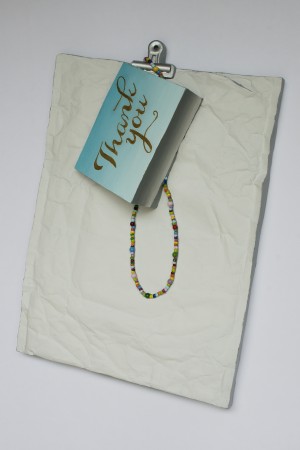7 September to 14 October 2017

A translation of a Matsuo Basho haiku reads,
banked charcoal / against the wall / the guest’s shadow
But, what kind of shadow? Real: a welcomed guest, an intruder, or the speakers very own? Symbolic: a longing for company? Hallucinatory: a ghost, a remembered friend, a weary apparition? Here, the concrete edges of the world seem to dissolve into the space between proximity and obscurity. Likewise, Weppler and Mahovsky’s sculptures express how the domestic, the palpable, the close-at-hand can unfold in unreliable and contradictory ways. A shift of perspective, a squint of the eye, or a change of light discloses new qualities of relation.
As with theatrical tableaux, each work portrays a tenuous conversation. However, seemingly driven by both randomness and intention, it is not clear if the component parts of the sculptures are gathering themselves together or pulling themselves apart. Think: the overwhelming stuff of drawers, countertops, and fridges that describe an encounter of materials, messages, histories, situations, and labour. A clutter of keys, bills, and balloons; bundled mementos; some envelopes battered by fire or crawling with critters. Assemblages of objects for whom utility is a question.
Through the use of casting processes and trompe l’oeil techniques the sculptures adopt the posture of still life. The result is a push and pull between representational and literal states of being. On the one hand, the works’ physical characteristics – which range from subtle to substantial – assert a particular presence. Employing mimicry and surrogacy, they play within the limits of what materials can do and what they can represent. As such, the sculptures become equal records of their own making and passage through the world. On the other, by suggesting narrative scenarios, the sculptures allude to our desire to project agency onto objects. Together, they become performers in a dramatic scene, each a hyperbole of the principle that the world is in flux.

